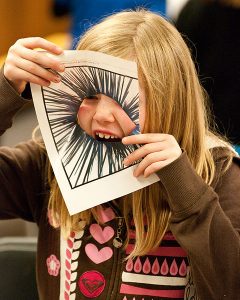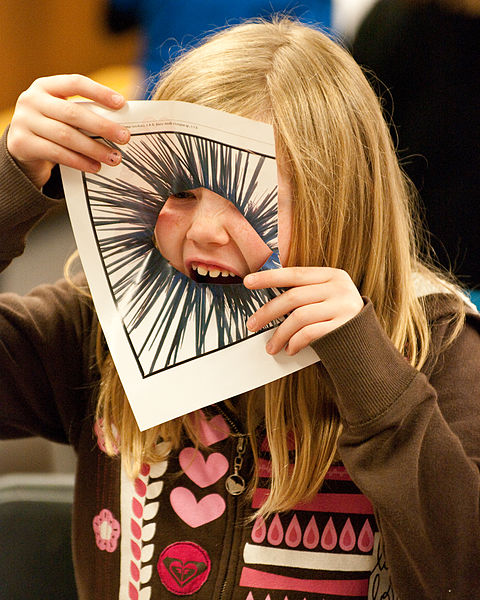
Image credit: Child creativity taken by Matt Kowal under Public Domain.
Creative people do things differently. This is the explanation if you have been wondering why some people do not conform to the norm and insist on approaching and doing things differently. Creative thinking can be paradoxical and mysterious. It can change based on context and situation. Ideas and inspiration may come in an instant, yet there will be times when you will be stumped. While creative thinking needs complex cognition, it is very different from the logical thinking process.
New understanding of creativity
According to scientists, creativity is very complicated and they now at least understand that it is not only about the right and left brain distinction. In the past, scientists established a theory that the right side of the brain was responsible for the emotional and creative processes while the left side of the brain handled the analytical and rational process. There is still no total picture of the workings of the imaginative mind but scientists thought that it involved several emotions, neural pathways and cognitive processes. The difficulty could lie in the fact that a creative personality is complex and has the tendency to avoid routine or habit, due to the combination of several social influences, behaviors and traits.
According to New York University psychologist Scott Barry Kaufman, even creative people find it hard to know themselves because of their complexity, adding that messier minds are inherent in imaginative people.
Here are some of the things that creative people do differently:
1. They daydream. According to psychologists Rebecca L. McMillan and Scott Barry Kaufman, this trait is an aid to creative incubation. It is not a waste of time, contrary to popular belief, because it involves a state of the brain that is highly engaged, a state wherein the brain is able to recall information leading to sudden insights and connections.
2. They are very observant. They see possibilities wherever they look, absorbing and storing information from everywhere.
3. They schedule their work on the hours that truly work for them. This could be late at night or early in the morning. They determine which hours work for them and structure their regular schedule based on that.
4. They value their time for solitude. Artists and other creative individuals may be labeled as loners because of this trait, but the time for solitude is when they allow their mind to wander (daydream) so that they can produce their best work afterwards.
5. They usually turn life’s obstacles into great creative work. Post-traumatic growth is a rising field of psychology. It suggests that ample creative growth can be harnessed by people from their early life trauma and hardships.
6. They are open to new experiences, states of mind, sensations, fantasy and emotions. They display intellectual curiosity and they explore the outer and inner world.
7. They are not afraid of failure. They actually use it for creative success. They are also risk-takers.
8. They ask plenty of questions. They always want to know the how’s and why’s of things.
9. Writers and artists love to people-watch. This is because people are great sources of inspiration and information for them.
10. They lose track of time when they are working. Thus they block out distractions, including internal and external pressures.
11. They are highly responsive and sensitive to beauty.
12. They are able to connect the dots that other people think cannot be connected. This is because they are able to see possibilities that others do not recognize.
Creative people are able to synthesize new things. They even like to shake things up because they usually avoid things that are mundane or monotonous. They love diversity but they also recognize the value of a focused and clear mind because they need it for their work.














Sorry, the comment form is closed at this time.